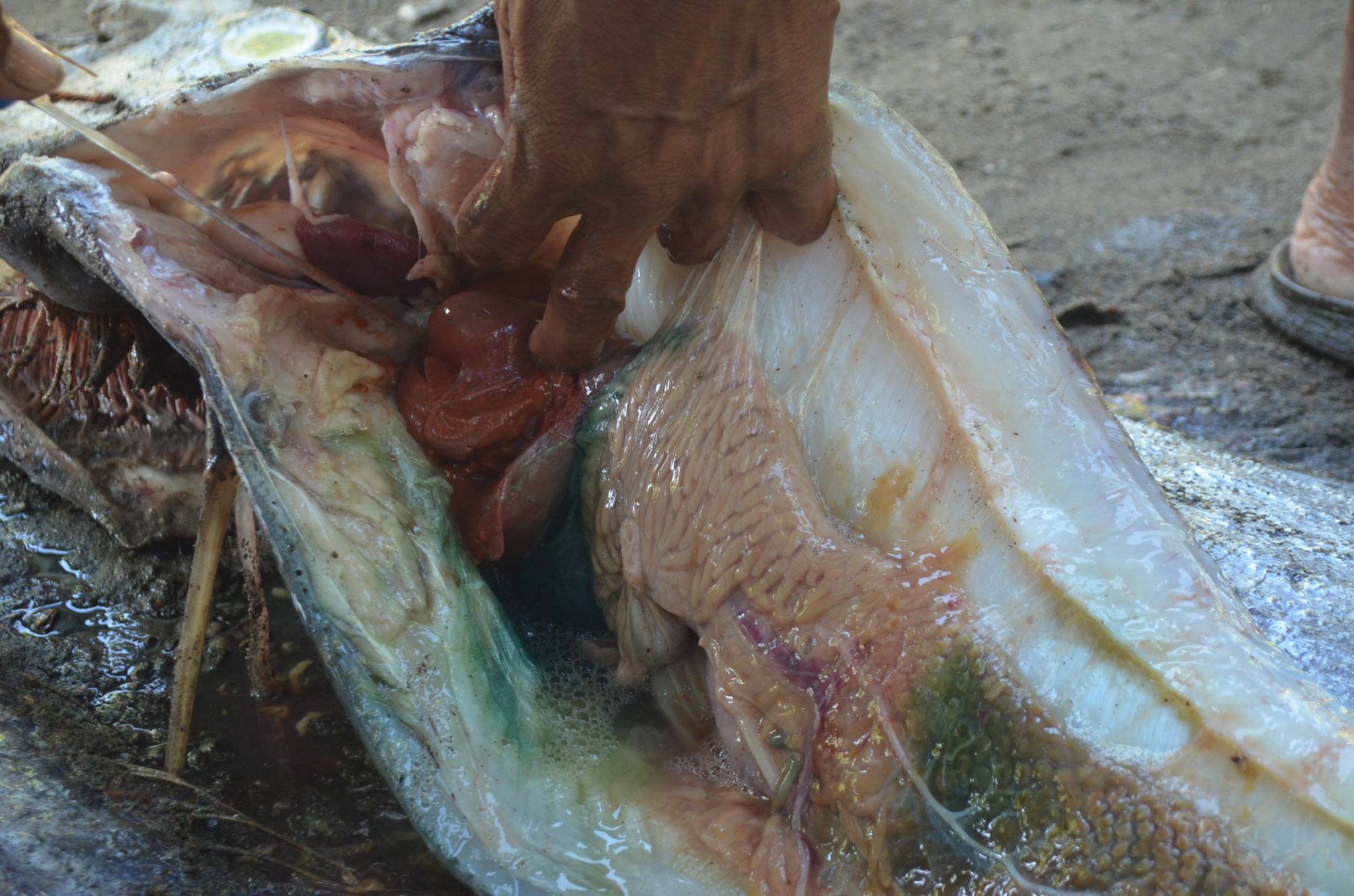Pair of oarfish washed up on southern Leyte shore before Luzon quake

Image: Facebook/Tourism Saint Bernard, Southern Leyte
The oarfish is among the most elusive sea creatures known to science. So when a couple shows up dead on a beach, it raises a lot of questions.
A pair of oarfish was found beached on August 9, somewhere near the protected area of the Pasahimapa Mangrove Park in Southern Leyte, as per reports posted via Facebook by the local tourism office of Saint Bernard, Southern Leyte. Coincidentally, this happened before a 6.3 magnitude earthquake shook Luzon on August 11, as recorded by the Philippine Institute of Volcanology and Seismology.
According to National Geographic, the fishes were 12-feet and 14-feet in length, with the bigger one being the female.
Scientists have been speculating that due to the deep-sea nature of oarfish, the creature tends to live near fault lines. Because of this, some scientists say the oarfish developed greater sensitivity to chemical changes in the water just before an earthquake occurs.
Meanwhile, other scientists believe that their appearance prior to some earthquakes is pure coincidence. These two in particular were found 800 miles (roughly 1,287 kilometers) from the epicenter.
Ichthyologist Prosanta Chakrabarty from Louisiana State University said in the report, “There are a lot more earthquakes and there aren’t oarfish coming up every time.”
Based on the post by the tourism office of Saint Bernard, the fishes’ guts were checked for anything unusual before being buried on August 10. The locals did not find anything out of place but they did note a large volume of eggs inside the female oarfish.

Image: Facebook/Tourism Saint Bernard, Southern Leyte
Deep-sea creatures are among the most difficult animals for scientists to study. The oarfish is assumed to frequent depths of 3,300 feet. With that, oarfish need to be observed more in its native environment before it can be concluded that its presence in shallow waters serve as a warning for an impending earthquake. Alfred Bayle/JB